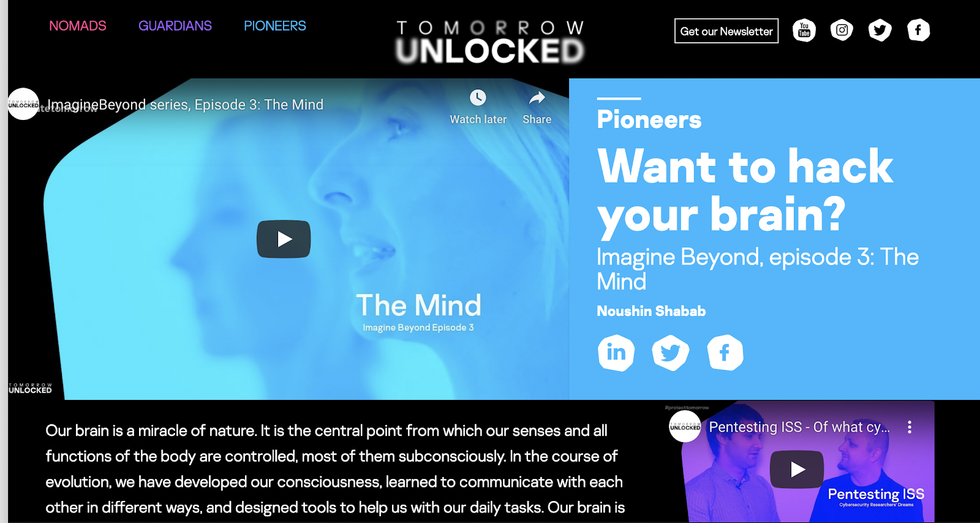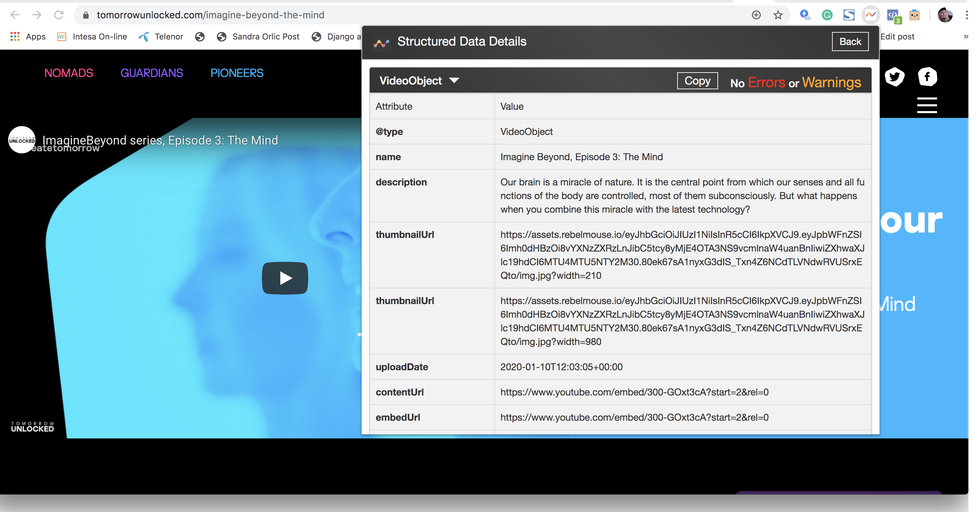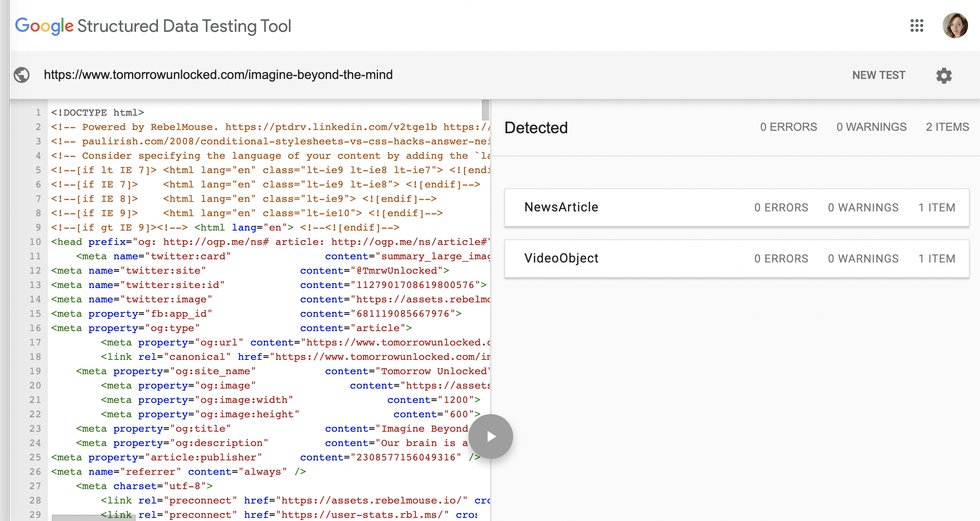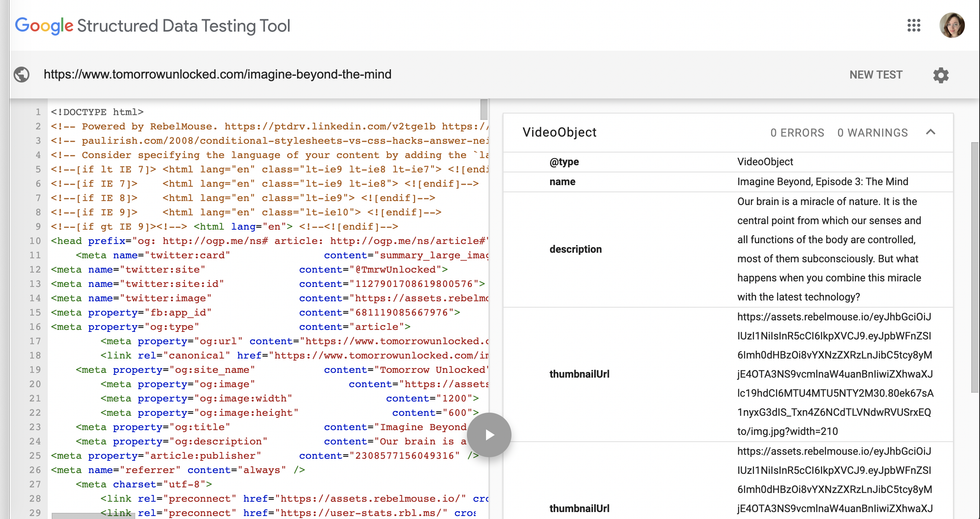
Organize your content for success on search
Google's structured data is a way to organize your content so that it provides additional information to Google's site crawler. The descriptive data allows Google to more effectively index your site for search. On the RebelCMS, we make it easy to add structured data to your content and videos .
Now, we offer the ability to apply structured data when your lead media is a video:

With structured data for lead media videos, we can provide important details to Google's crawler about the video, including the description, thumbnail URL, upload date, and duration, by marking up your video with the @type VideoObject .
You can easily check it on any article that has a video in the lead media of an article using a structured data testing tool :

Below is a screenshot from Google's own Structured Data Testing Tool . As you can see on the right-hand side, the article is split into two @types: NewsArticle and Video Object .

If you expand VideoObject, you can see the structured data specific to the video in the article:

Structured data for lead media videos is also supported by AMP. It's important to note that this is only for videos that are added to your article using a link — from sources like YouTube, Facebook, or JW Player — and does not apply to videos that are embedded directly.
If there's no description for your lead media video, our platform will pull from metadata information contained within the article where available. Below is the order in which we pull from these other data points. If the first option is blank as well, we pull the data from option two instead, and so on until we're forced to default to option four.
- A brief description from the article's body (This is the same meta information that's used for social sharing.)
- The subheadline of the article
- The caption from the video
- Your site's name
Structured Data for Assembler Videos
The same workflow applies for videos in RebelMouse's Particle Assembler . Any video added to a particle will be automatically marked as @VideoObject . It's important to include the same descriptive properties for your video as listed above, otherwise Google may not be able to extract enough information about the video to index it properly.
Here's a screencast of what the markup looks like:
If you have any questions about structured data for lead media videos, email support@rebelmouse.com or talk to your account manager today.
Related Articles















































































